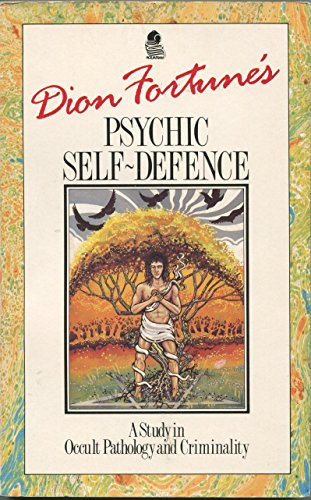Reading Dion Fortune’s Psychic Self-Defence – I
Over the last few days on Twitter, I have been engaged in a close, chapter-by-chapter reading of Dion Fortune’s book, Psychic Self-Defence (first published in 1930). I began this exercise after becoming involved in a discussion about the merits of ‘psychic hygiene’ and I posted a thread detailing my own experiences and perspectives on ‘psychic attack’. I thought it would be instructive to take a look at the content of Psychic Self-Defence (PSD) in order to discuss the origins of the genre of ‘psychic defense’ texts, of which Fortune’s book, widely hailed as a classic, is one of the first.
The reception of these threads has been very positive, and several readers have requested that I turn them into permanent posts here. I shall return to them periodically in an attempt to explore their various ramifications and lines of inquiry emerging from them. What began as a rather light-hearted exercise in critical commentary became increasingly complex as I began to look for supporting material with which to contextualize Fortune’s remarks.
Continue reading »
